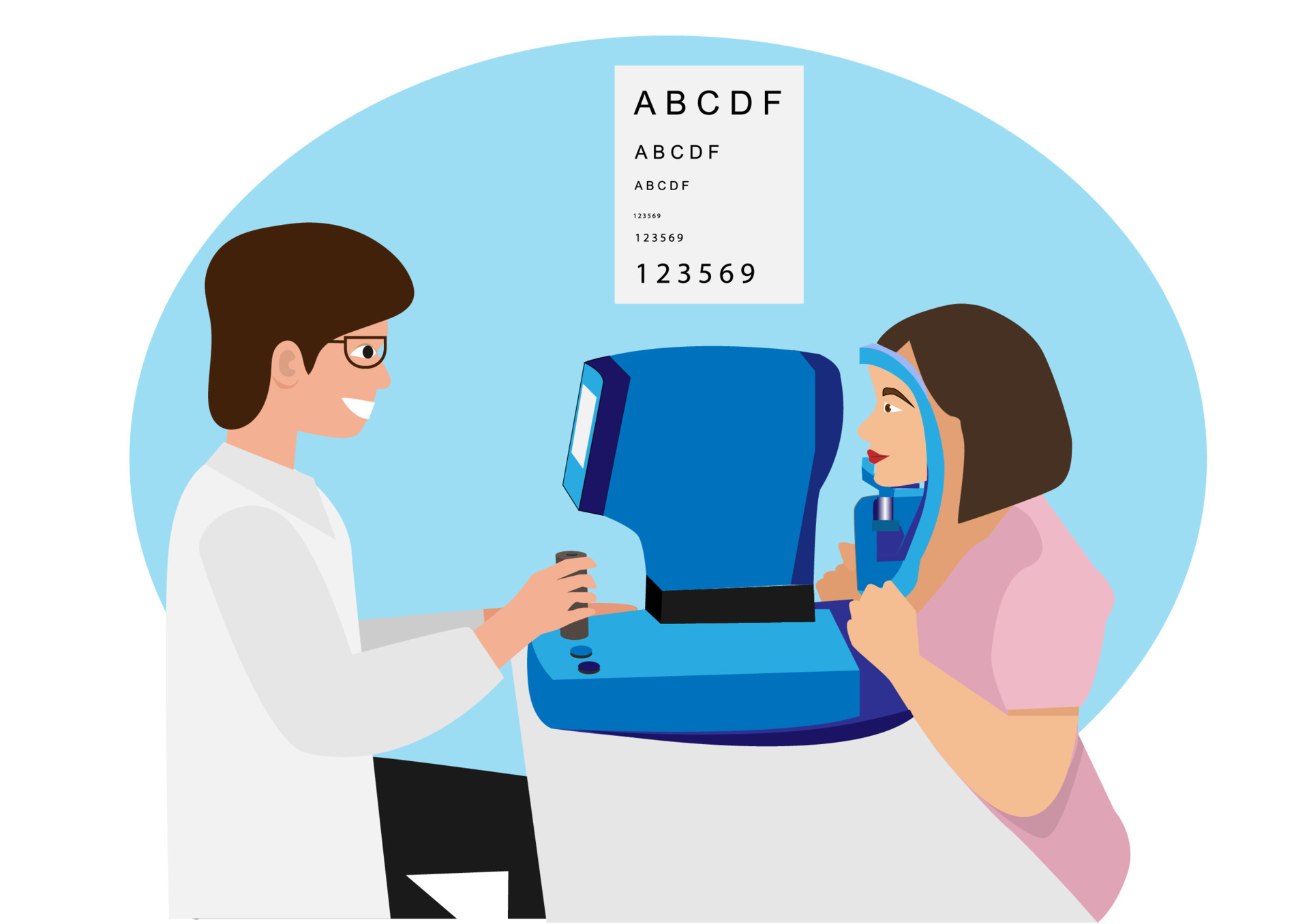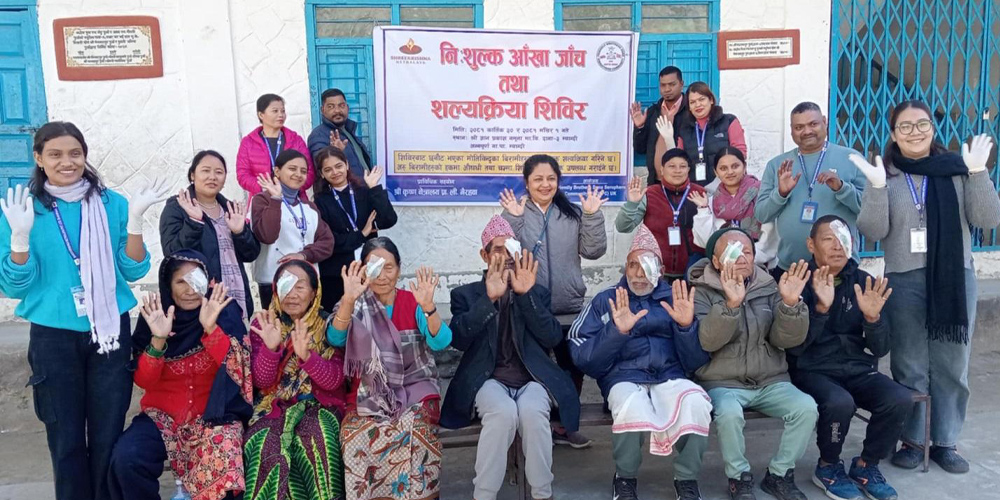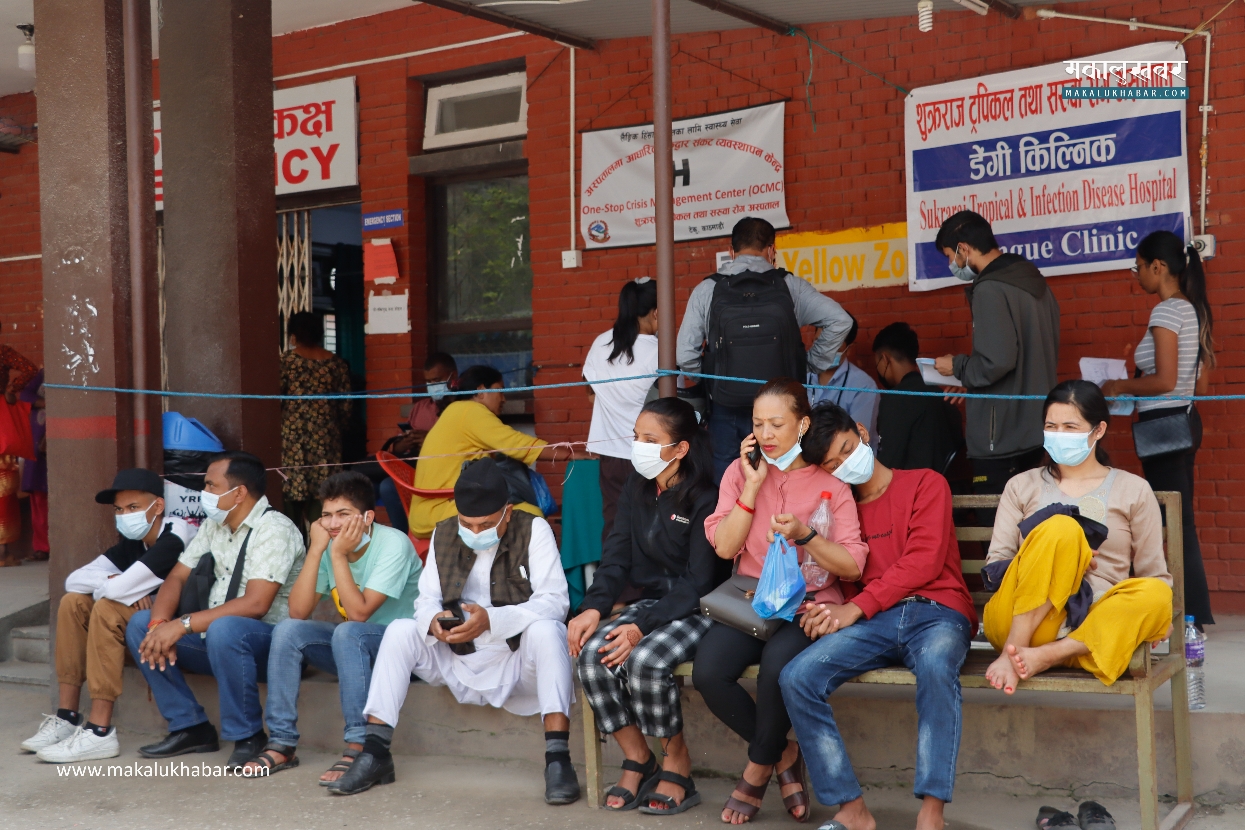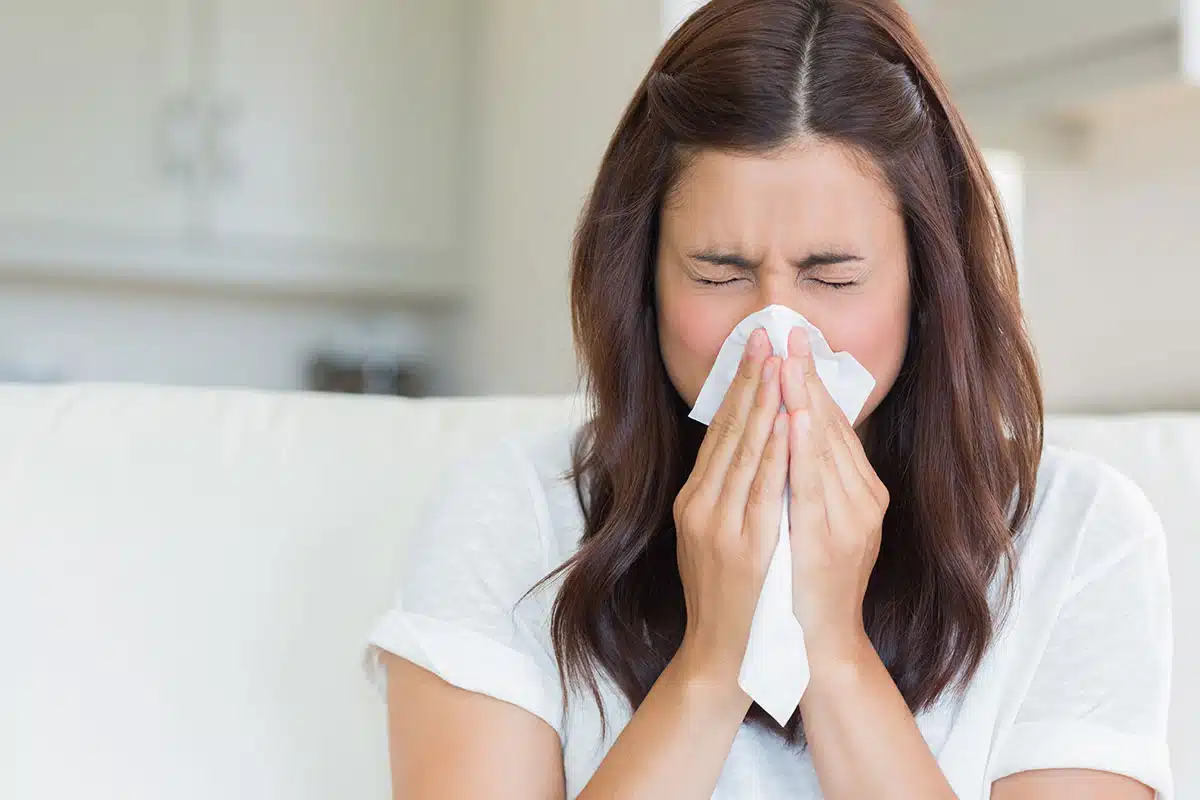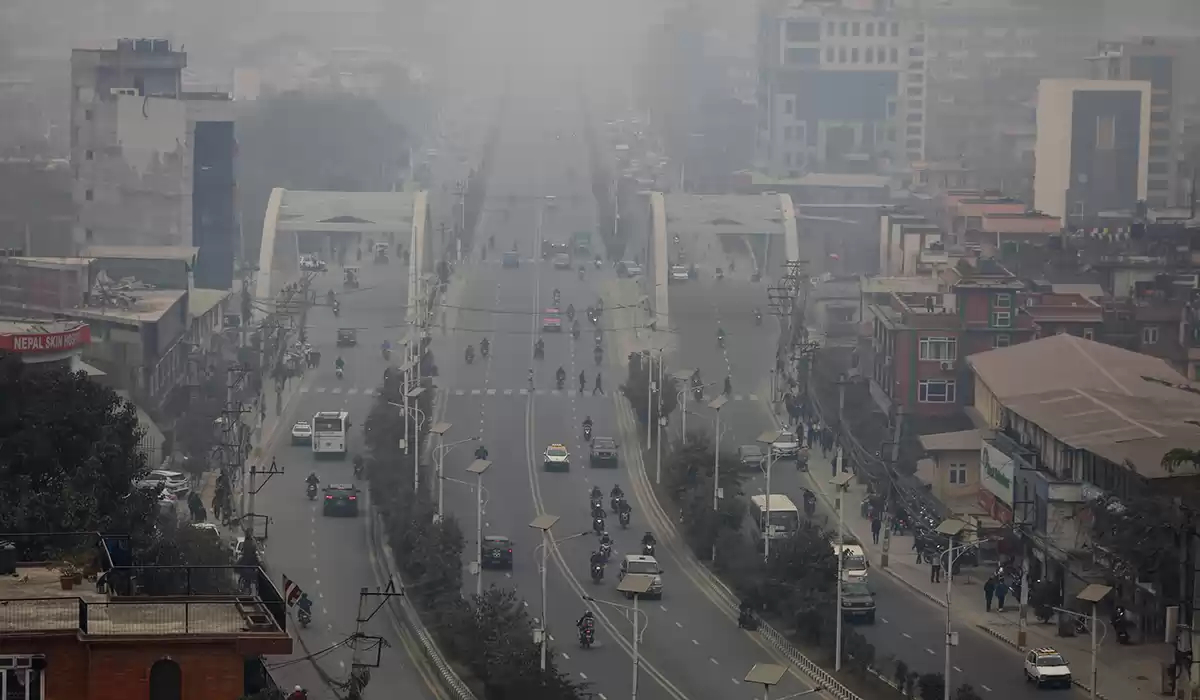Can your joints really predict the weather?
Cooler temperatures don’t help. Cold can make muscles, ligaments and joints stiffer and more painful.
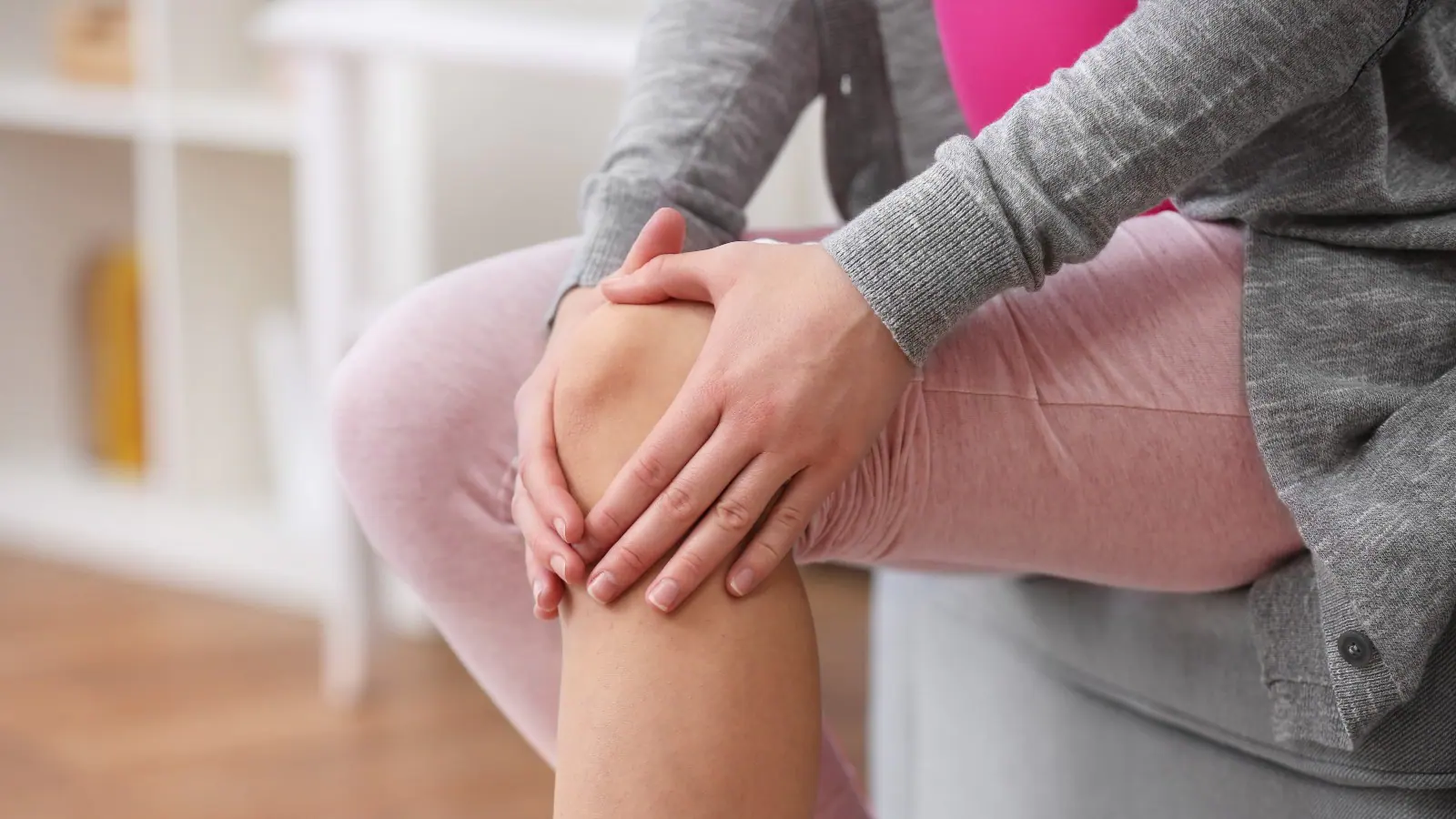
KATHMANDU: Maybe grandma was right and her achy knees really could sense rain on the way.
“Weather changes actually can affect chronic pain — specifically joint pain,” says Robert Bolash, MD, pain management specialist.
“Scientists don’t agree on exactly how this may occur, but the anecdotal evidence is significant in leading us to think achy joints and rainy days are related.”
How changing weather causes pain
Many think it’s due to higher humidity accompanied by falling barometric pressure — the weight of air pressing on our planet and on us. Decreasing pressure (which ushers in bad weather) means air presses less on our bodies. That allows tissues to swell slightly, and it’s possible the resulting enlargement of tissues irritates the joints.
Cooler temperatures don’t help. Cold can make muscles, ligaments and joints stiffer and more painful.
“When barometric pressure and temperature fall and humidity rises, patients will complain of more aches and pains,” he says. “Damp cold seems to exacerbate pain.”
But Dr. Bolash also says it’s more the change in pressure, temperature and humidity that could trigger discomfort. Especially the speed at which these changes occur.
Reporting is also key here, as it may be the reason people conclude what appears to be a direct connection of weather to their specific type of pain. Some studies include data pointing to patients seeking care for certain types of pain during rainy weather.
“Those with arthritis, neck pain or other types of musculoskeletal issues tend to report most weather-related pain,” says Dr. Bolash. “But the weather doesn’t appear to alter reporting connected to nerve pain conditions, like complex regional pain syndrome or neuropathy.”
Does where I live matter?
If damp cold weather exacerbates pain, you may wonder — why not move to where the weather is milder, warmer or dryer? Some researchers say climate doesn’t matter.
In the U.S. for example, where different regions have varied weather and climate types, one study found that even people in mild, moderate San Diego reported weather-related pain. In fact, they reported more pain than residents of the study’s three colder U.S. cities: Nashville, Boston and Worcester, Massachusetts.
“Chronic pain doesn’t care where you live,” says Dr. Bolash. “Humidity and barometric pressure tends to change everywhere.”
What to do when rain causes pain
While you can’t avoid changing weather, you can take steps to prevent, ease or relieve weather-related joint pain. Dr. Bolash recommends:
Stay limber — Stretching regularly and doing yoga are great ways to increase flexibility and maintain joint health. Building muscle may also help. The more muscle you use during physical activity, the better able those muscles are to support your joints.
Do water exercises — Working out in a warm pool is especially good for loosening stiff muscles, strengthening joints, building muscle strength and easing discomfort. Water provides resistance while lifting the weight from aching joints.
Consider anti-inflammatory medication or treatments — For patients with pain in a single joint — such as the site of a former knee injury for example — we might pursue steroid injection or other treatment,” says Dr. Bolash.
“Overall, maintaining mobility is the best way to fend off widespread joint pain without visiting your physician — and that’s true in any kind of weather,” Dr. Bolash says.
-Health Essentials



